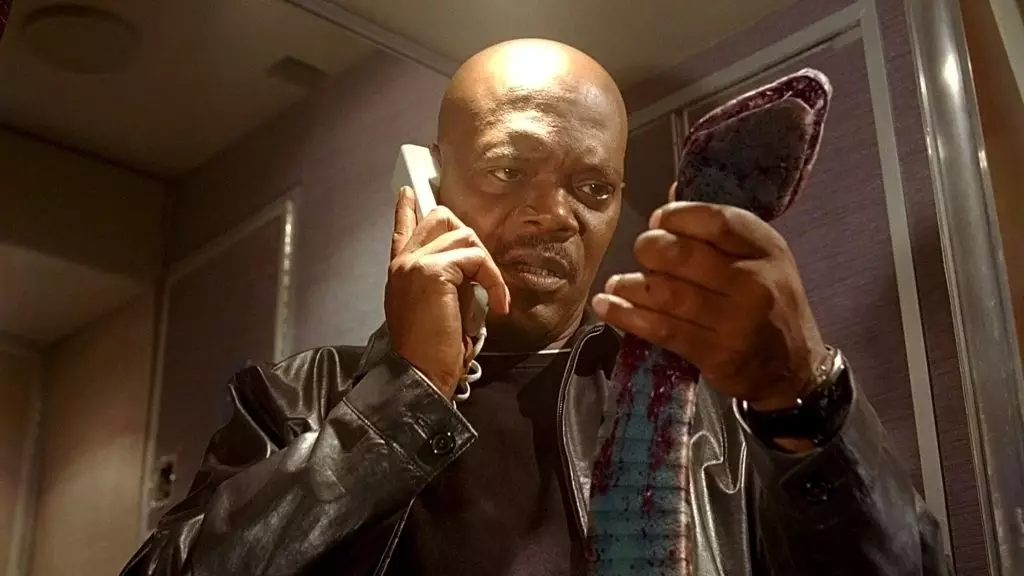In the realm of cinema, few moments are as defining as the lines delivered by actors that become etched in popular culture. One of the most memorable instances of this phenomenon comes from Samuel L. Jackson’s infamous declaration in the cult classic “Snakes on a Plane” (2006). However, this iconic line almost became a casualty of rating regulations as the Motion Picture Association of America (MPAA) initially aimed for a PG-13 audience. It’s a telling reminder of how creative forces can be stifled by commercial constraints and the dictated safety of box office returns.
The original vision for “Snakes on a Plane” was met with limitations that could have blurred its unique character. Jackson pointed out the absurdity of attempting to restrain such a ludicrous premise to a PG-13 format, asserting that a film like this needed to lean into its exaggerated themes. The studio’s insistence on controlling the narrative by limiting swear words serves as a case study on the clashes between creative intent and market compliance.
A Call for Authenticity
Jackson’s insistence on authenticity strikes at the heart of artistic expression. His insistence, “I gotta say motherf—er in this movie,” speaks volumes about the need for a genuine representation of the chaos surrounding his character, FBI Agent Neville Flynn. Recalling his conversations with studio executives, Jackson emerged as a passionate advocate for his role, arguing that a character grappling with deadly snakes in confined quarters merits a visceral response reflective of real human emotions and shocks.
The eventual reshoots necessitated an infusion of cash, illustrating the lengths studios will go to uphold audience expectation. Although some might view this as a vanity project, it instead underscores the importance of dialogue in filmmaking, demonstrating how flexibility within creative decision-making can yield groundbreaking results.
The Reception and Camp Factor
Upon its release, “Snakes on a Plane” received a spectrum of reviews that mirrored the duality of mainstream and cult cinema. While critics were often unkind, equating the film’s premise to camp; it would eventually embrace its role in pop culture—celebrating absurdity rather than shying away from it. The film resonated with numerous audiences, resulting in a worldwide gross of $62 million—while this fell short of projections, it showcased a significant cultural footprint.
Despite an unimpressive box office response in absolute terms, the film harnessed the power of internet virality earlier than many contemporary films had. “Snakes on a Plane” used its ludicrous premise and Jackson’s earnest delivery to develop a community of fans, many of whom appreciated its over-the-top nature. The R rating, definitively, established the film as a work finding its identity in its outlandishness, pushing boundaries, and affirming its place in the annals of cinematic history.
Ultimately, “Snakes on a Plane” exemplifies a moment in film history where the intersection of creativity, market forces, and audience expectations collided spectacularly. Samuel L. Jackson’s willingness to fight for the integrity of his character resulted in a lasting legacy, which encourages future filmmakers to embrace their narratives—even when faced with the daunting pressures of ratings and financial forecasting. This film remains a symbol of audacious storytelling, proving that allowing characters to genuinely express their situations can resonate deeply with audiences.
